
National Museum of African American History and Culture
A profound Smithsonian museum chronicling the rich history, culture, and achievements of African Americans.
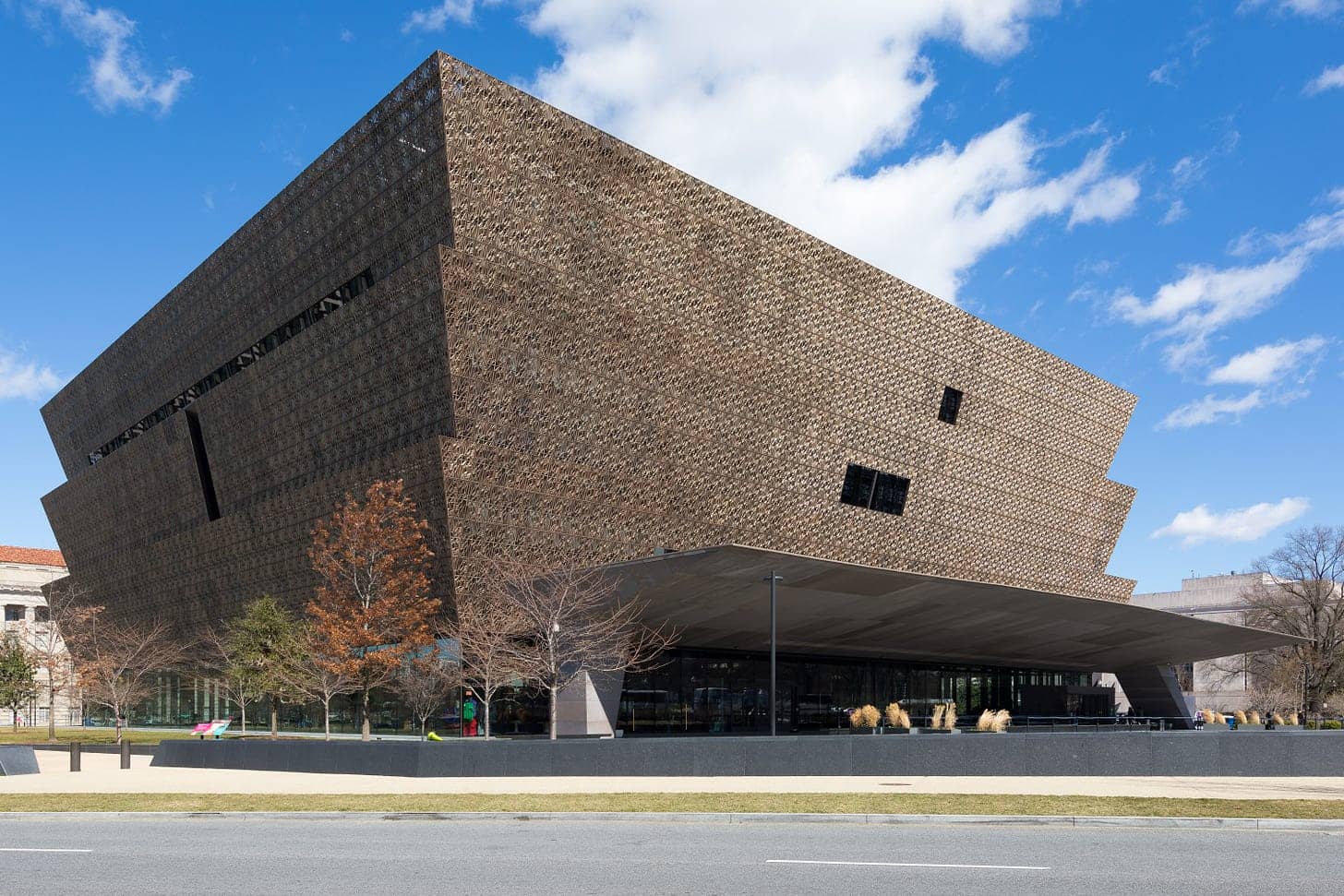
Highlights
Must-see attractions

Social
From TikTok & Reddit
Best Time
Fewer crowds, more space to explore

National Museum of African American History and Culture
Best Time
Fewer crowds, more space to explore

Highlights
Must-see attractions
A profound Smithsonian museum chronicling the rich history, culture, and achievements of African Americans.
"This is one of the best museums I have ever been to, and I have been to multiple renowned ones around the world."

🎟️ Book Free Timed-Passes
Essential for entry! Reserve online in advance, especially for weekends.
👟 Wear Comfortable Shoes
You'll be doing a lot of walking and standing. Prioritize comfort!

Highlights
Discover the most iconic attractions and experiences

The Elevator Experience
Museum Entrance
A powerful descent into history, the elevator ride sets a poignant tone for the museum's narrative.
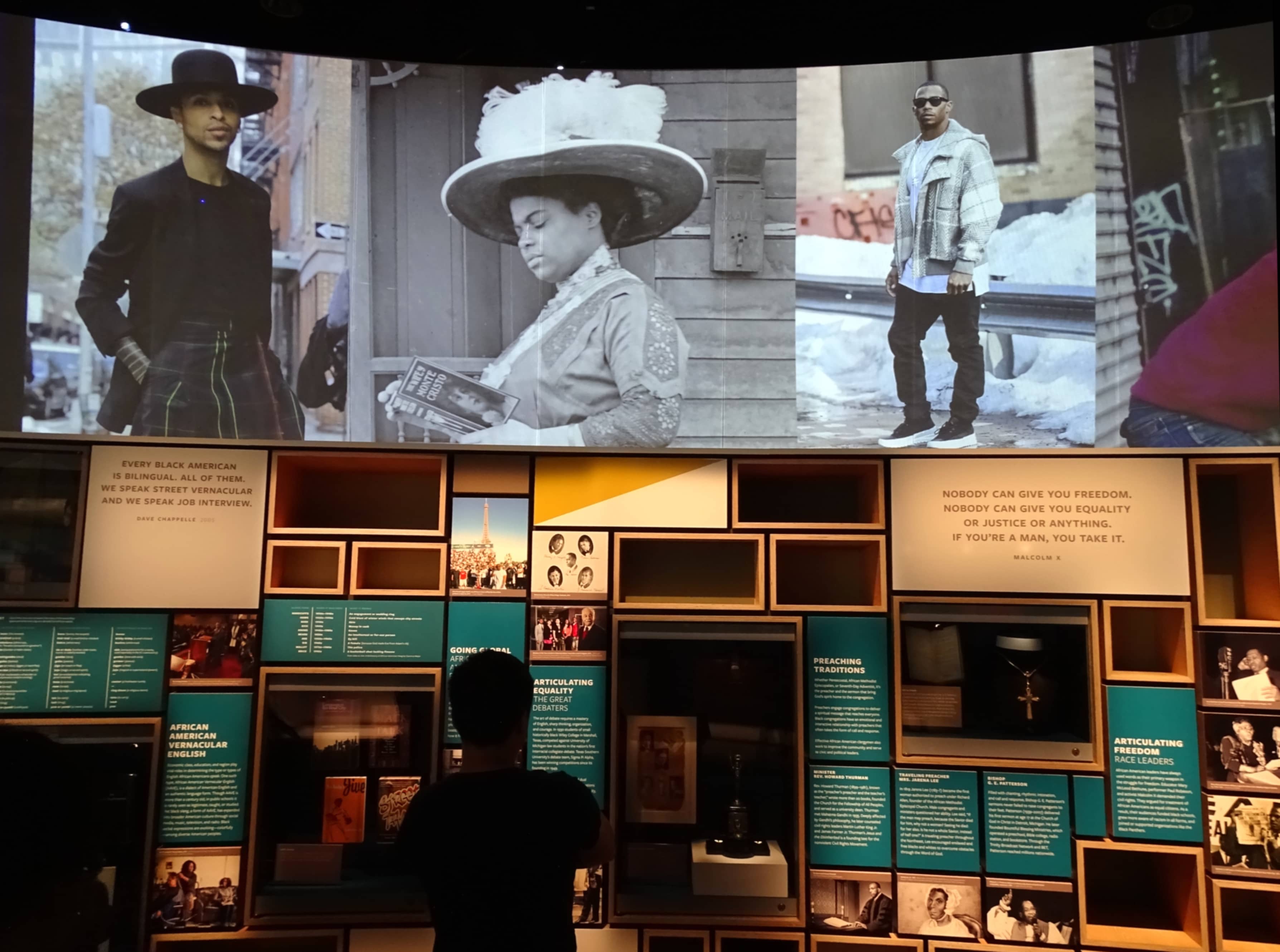
The Contemplative Galleries
Lower Levels
Explore the journey from slavery to the Civil Rights Movement through deeply moving artifacts and stories.

Sweet Home Cafe
Lower Level
Savor delicious soul food inspired by African American culinary traditions in a vibrant museum setting.

Rare Historical Documents
Various Exhibits
Discover priceless artifacts, including historical documents and books, offering a tangible connection to the past.
Plans like a pro.
Thinks like you
Planning Your Visit
Book Your Free Timed-Pass
Allocate Ample Time
Best Times
Insider Tips
from TikTok, Instagram & Reddit
🎟️ Book Free Timed-Passes
Essential for entry! Reserve online in advance, especially for weekends.
👟 Wear Comfortable Shoes
You'll be doing a lot of walking and standing. Prioritize comfort!
⏳ Allow Plenty of Time
Minimum 3-4 hours recommended; many wish for a full day.
📱 Download the App
Enhance your visit with the official Smithsonian app for maps and info.
Tips
from all over the internet
🎟️ Book Free Timed-Passes
Essential for entry! Reserve online in advance, especially for weekends.
👟 Wear Comfortable Shoes
You'll be doing a lot of walking and standing. Prioritize comfort!
⏳ Allow Plenty of Time
Minimum 3-4 hours recommended; many wish for a full day.
📱 Download the App
Enhance your visit with the official Smithsonian app for maps and info.
🍽️ Don't Miss the Cafe
The Sweet Home Cafe offers delicious soul food.
What Travellers Say
Reviews Summary
Visitors consistently praise the National Museum of African American History and Culture for its exceptional curation, deeply moving exhibits, and profound storytelling. Many describe it as a must-visit, highlighting the need for multiple visits to fully appreciate its extensive content. While the experience is overwhelmingly positive, some note the emotional intensity of certain exhibits and the sheer volume of information, underscoring the importance of allocating ample time.
"Can't say enough about the museum. They have done an exceptional job displaying and relaying information about our history. I wish that I was there just 1 more day because you need minimum of 2 days to be able to really see it all and learn. So I highly recommend going and I will be back."
sabrina allen
"Reserve tickets ahead of time. We got in rather quickly. The staff were friendly and helpful. The museum was very thoughtfully laid out and incredibly moving! We spent about 4.5 hours but could have taken longer. Even our 7 year old was engaged and taking time to read the plaques on each item. What an honor to be there. My grandfather (John M Johnson) was a contributor to the museum and it was so cool seeing his name on display as well. Would love to return!"
Kearston & Justus French
"This is one of the best museums I have ever been to, and I have been to multiple renowned ones around the world including the Louvre, El Prado, and British museum. The experience is so beautifully designed and curated from start to finish! Three visits in I am still trying to make it through the extensive, rich tapestry of multimedia exhibits. Changing anything about it this thoughtful masterpiece outside of typical updates and rotations by the curators is not just a tragedy but unconscionable. Also, don't miss it! There is something for everyone here!"
Kia H
What People Like
What People Dislike
Frequently Asked Questions
🚇 🗺️ Getting There
The museum is located on the National Mall at 1400 Constitution Ave NW, Washington, DC. It's easily accessible via the Metro (Federal Triangle, Smithsonian, and Metro Center stations are nearby) or by bus. Many visitors find walking from other Mall attractions convenient.
Parking in the immediate vicinity of the National Mall is extremely limited and expensive. It's highly recommended to use public transportation or ride-sharing services. The closest Metro stations are Federal Triangle, Smithsonian, and Metro Center.
Yes, but bags are subject to security screening. Oversized bags, backpacks, and luggage are not permitted. It's best to bring only essentials.
Absolutely. The National Museum of African American History and Culture is fully accessible, with elevators, ramps, and accessible restrooms. Wheelchairs are also available on a first-come, first-served basis.
The museum is typically open daily from 10 AM to 5:30 PM, but hours can vary seasonally and for special events. Always check the official museum website for the most up-to-date information before your visit.
🎫 🎫 Tickets & Entry
Yes, while admission is free, a free timed-pass is required for entry. These passes are released online and can be reserved in advance. Walk-up passes may be available on certain days, but booking ahead is strongly advised.
Timed-passes can be reserved through the official museum website or the Smithsonian's ticketing platform. It's recommended to book as far in advance as possible, especially for popular dates.
Limited walk-up passes may be available on select days, but they are not guaranteed. To ensure entry, it's best to secure your free timed-pass online beforehand.
Weekday mornings, particularly right at opening, tend to be less crowded. Late afternoons can also be a good option as some tour groups depart. Weekends are generally the busiest.
No, admission to the National Museum of African American History and Culture is free. However, you still need to reserve a free timed-pass to enter.
🎫 🧭 Onsite Experience
Most visitors recommend a minimum of 3-4 hours, but many suggest dedicating a full day to fully experience the extensive exhibits. You could easily spend 5+ hours here.
Highlights include the powerful elevator descent, the historical galleries on the lower levels, the diverse cultural exhibits, and special collections like Julia Child's kitchen.
Yes, the museum is designed to be engaging for all ages. Even younger visitors can find aspects that capture their interest, though some content may be more mature.
Photography is generally permitted for personal use, but flash photography, tripods, and video recording may be restricted in certain areas. Always check signage within the galleries.
The museum's unique elevator system transports visitors from the present day down to the historical eras, setting a profound and immersive tone for the journey through African American history.
🍽️ 🍽️ Food & Dining
Yes, the highly-rated Sweet Home Cafe is located on the lower level, offering delicious soul food inspired by African American culinary traditions.
The cafe serves a variety of Southern comfort foods, including dishes like fried chicken, mac and cheese, cornbread, and other regional specialties.
As the museum is on the National Mall, there are numerous food trucks and other Smithsonian museum cafes nearby. However, the Sweet Home Cafe is a unique experience within the museum itself.
Outside food and beverages are generally not permitted inside the museum galleries. It's best to consume any personal food items before entering or utilize the cafe.
Prices at the Sweet Home Cafe are comparable to other museum cafes and restaurants in the DC area. It's considered a worthwhile culinary experience by many visitors.
📸 📸 Photography
Yes, personal photography is generally allowed in most areas of the museum. However, flash photography, tripods, and video recording are often prohibited to protect the artifacts and ensure a good experience for all visitors.
Some special exhibitions or areas with particularly sensitive artifacts may have restrictions on photography. Always look for signage within the galleries that indicates where photos are permitted or prohibited.
Many visitors find the architecture of the building itself to be very photogenic. The unique elevator, the striking exterior, and the thoughtfully displayed artifacts offer numerous photo opportunities.
Yes, phone cameras are widely used for personal photography within the museum. Just be mindful of others and avoid obstructing pathways.
While the museum doesn't typically offer dedicated photography tours, the sheer visual richness of the exhibits provides ample inspiration for photographers.
For Different Travelers
Tailored advice for your travel style
👨👩👧 Families with Kids
Focus on the Culture and Community sections for younger audiences, which often feature more relatable exhibits like historical toys, music, and art. The museum's layout, with its ascending historical narrative, can also help children understand the progression of African American history. Consider downloading the museum's app beforehand to help navigate and find age-appropriate content.
📚 History Buffs & Educators
Plan for an extended visit to fully absorb the depth of information. The chronological layout, from slavery to contemporary achievements, offers a comprehensive historical arc. The museum's commitment to showcasing diverse perspectives and often overlooked narratives makes it an essential destination for educators and history enthusiasts alike.
✈️ Day-Trippers to Washington D.C.
Allocate at least 3-4 hours for your visit, understanding that you might only be able to see a portion of the museum in that time. Prioritize the exhibits that most interest you, or focus on a specific historical period. Don't forget to check the museum's hours and consider a quick stop at the Sweet Home Cafe for a taste of history.
Deep Dives
In-depth insights and expert knowledge
The Immersive Journey: Understanding the Museum's Layout
The museum's structure is divided into three main historical eras: Culture, Community, and Controversy. The lower levels focus on the difficult and often brutal history of slavery, the Civil War, and Reconstruction. As visitors ascend, the exhibits move through the Jim Crow era, the Great Migration, the Harlem Renaissance, the Civil Rights Movement, and into contemporary African American life and achievements. This upward progression mirrors the ongoing struggle and triumphs of African Americans in the United States.
Many visitors, like those on TikTok, highlight the emotional impact of starting from the bottom and working their way up, finding it to be a deeply moving and educational experience. The sheer volume of artifacts, personal stories, and multimedia presentations ensures that each visit can reveal something new, encouraging repeat visits to fully grasp the breadth of African American history and culture.
Culinary Connections: The Sweet Home Cafe Experience
Popular items often mentioned include the fried chicken, mac and cheese, collard greens, and cornbread, reflecting regional Southern specialties. The cafe's design also contributes to the immersive experience, with its vibrant atmosphere and connection to the museum's overall narrative. It’s a place where history and flavor intertwine, offering a delicious way to connect with the African American experience.
Many visitors, including those who have been to the museum multiple times, specifically mention returning to the cafe, highlighting its quality and unique offering. It’s a testament to how food can be a powerful cultural connector, making the museum visit a multi-sensory experience.
Preserving the Past: Artifacts and Exhibits
Key artifacts include a slave cabin from Mississippi, a segregated railroad car, Chuck Berry's Cadillac, and personal items belonging to prominent figures like Rosa Parks and Muhammad Ali. The museum also showcases an extensive collection of historical documents, photographs, and artwork, providing a comprehensive view of the African American journey. The careful curation ensures that each item contributes to a powerful and often emotional narrative.
Social media content frequently highlights specific artifacts that resonate deeply with visitors, underscoring the museum's success in bringing history to life. The ability to see these items firsthand, rather than just reading about them, creates a profound connection and understanding of the struggles and triumphs of African Americans.
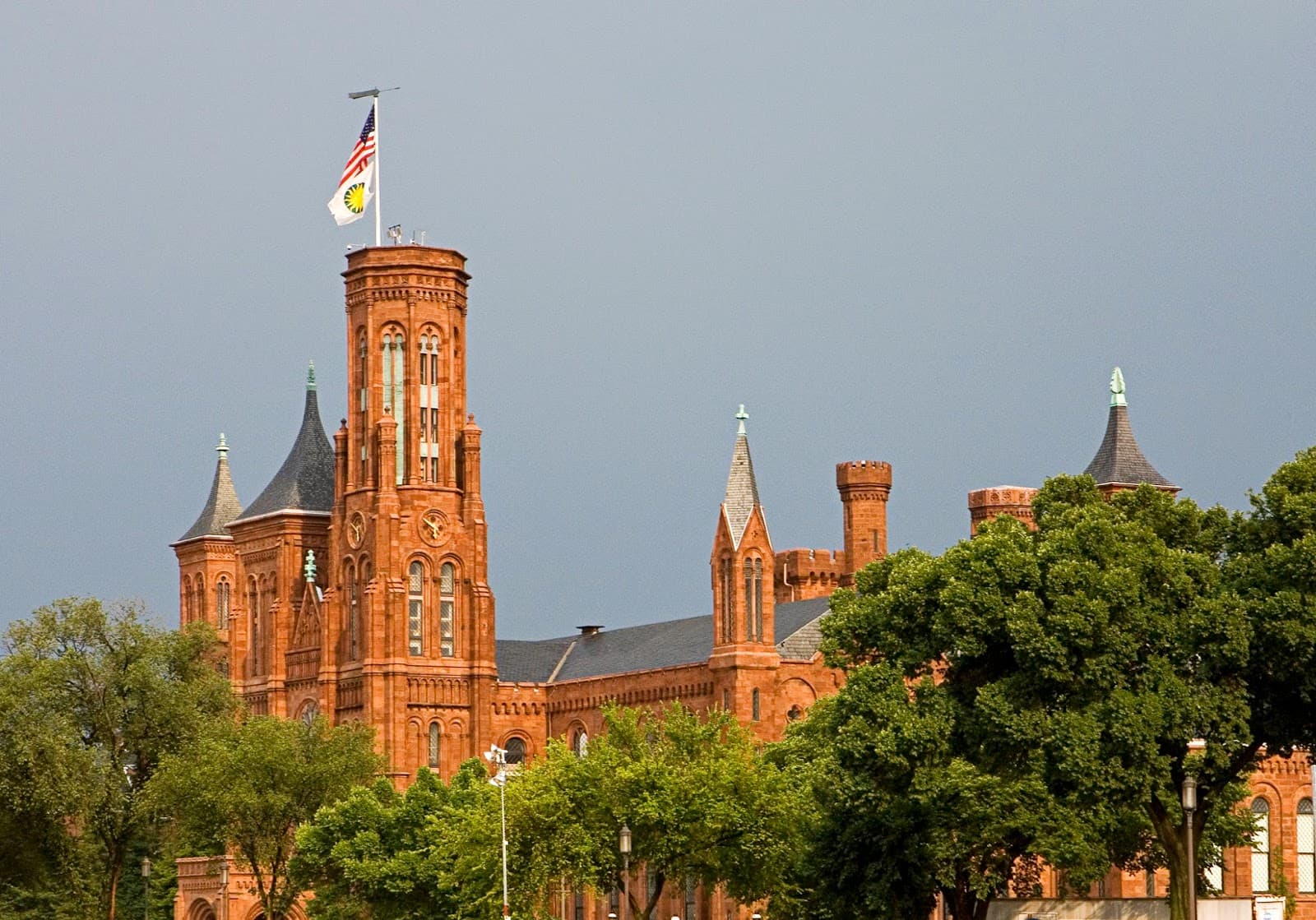

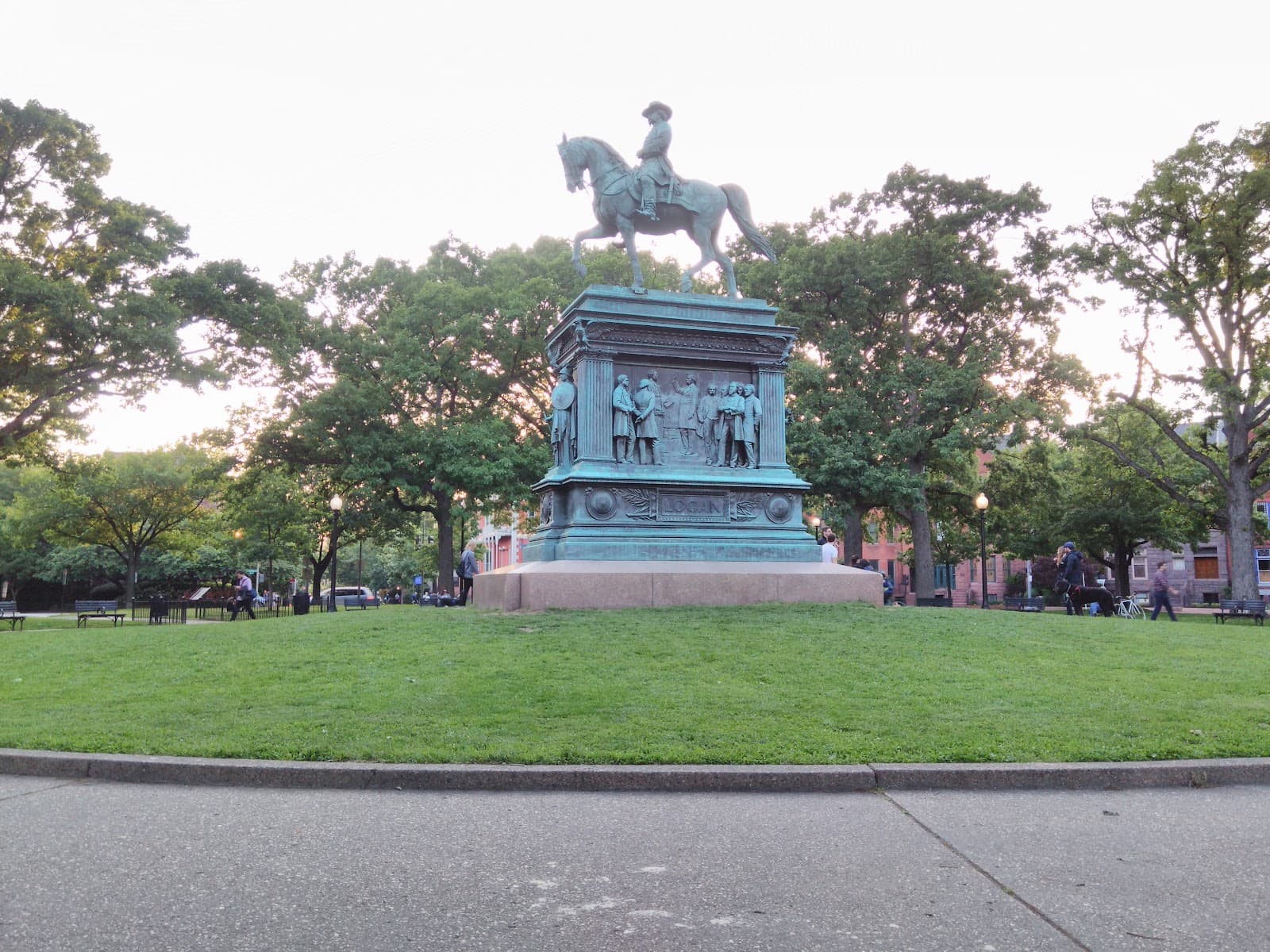


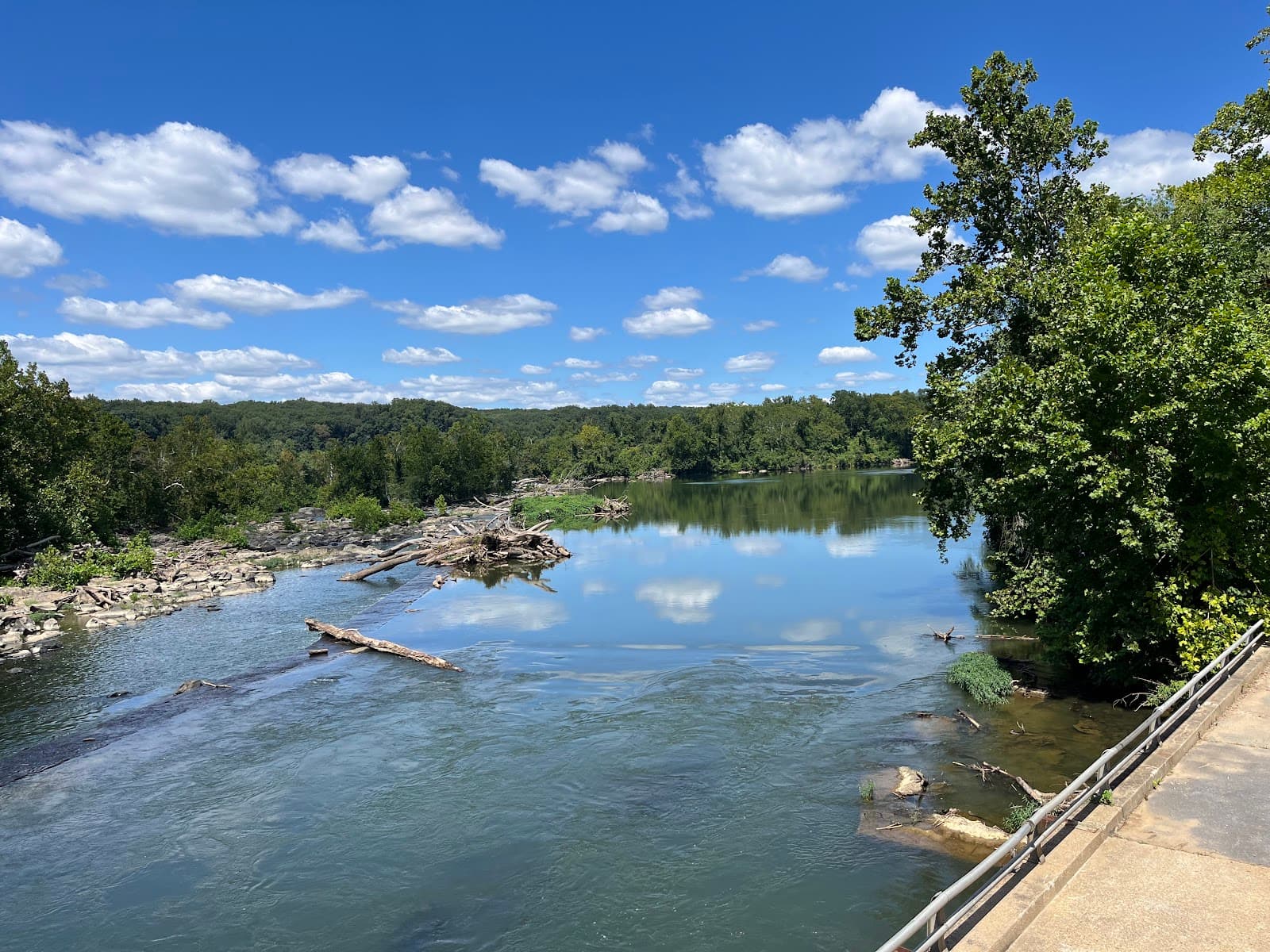
Social
from TikTok, Instagram & Reddit